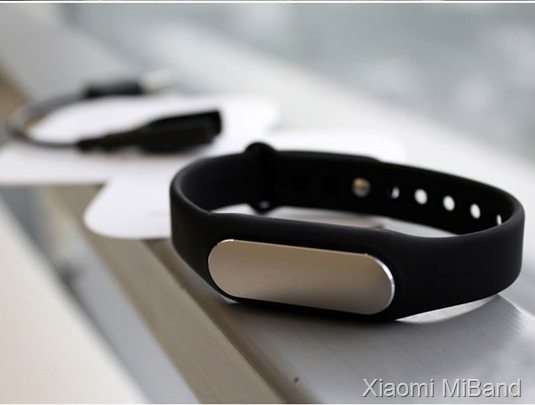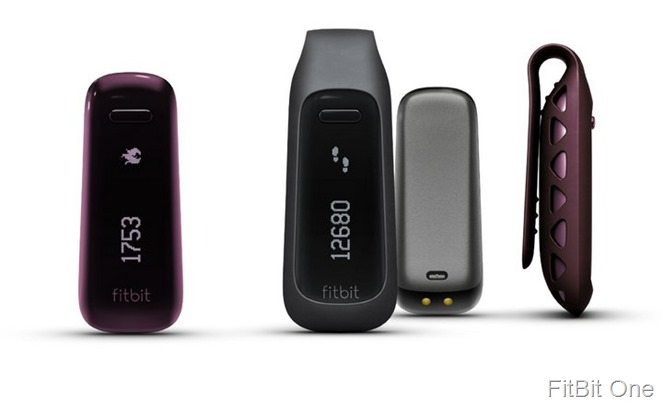Fitness trackers are the rage now! For as little as $13 to $300, you could get one that helps you track your activities such as walking, running, cycling, hiking etc while giving you feedback on how much calories you’ve burnt. The latest smartphones now have some sort of fitness tracking abilities built into them like the Lumia Sensor Core which tracks your daily steps on select Nokia Lumia phones.
Throughout my weight loss journey I’ve used the Nokia Lumia 730, Xiaomi MiBand and Fitbit One to track my walking and I’m back to using the MiBand despite spending close to $100 on the FitBit One. I used it for only two weeks and reverted back to the MiBand after my weight loss stalled.
Here are a list of issues I had with the FitBit One.
Issue Number 1
The FitBit One doesn’t tell you the total number of calories you burn from walking, running etc. It only gives you your entire calorie burn for the day (whether you’ve been active or not). For someone like me, who is on a low calorie diet and likes to eat back whatever he burns walking or running, the MiBand gives me exactly what I need once I launch the app.
The only way to get the actual amount of calories burnt from your activities while using the FitBit One is to sync it with a site like MyFitnessPal and there are days when this syncing doesn’t work at all.
The blue screenshot is for the MiBand
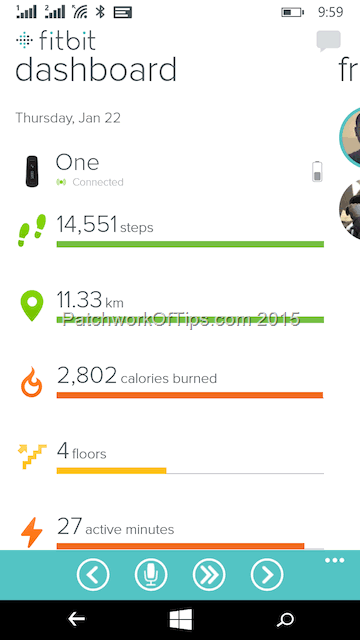
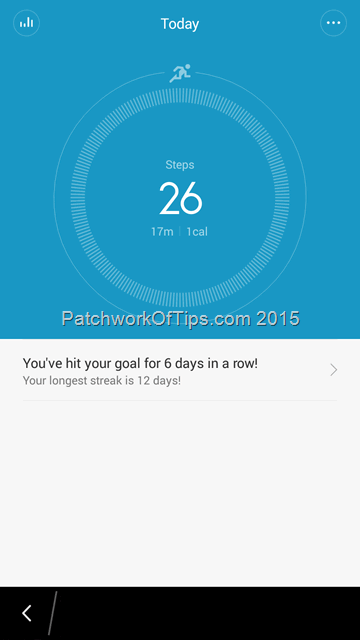
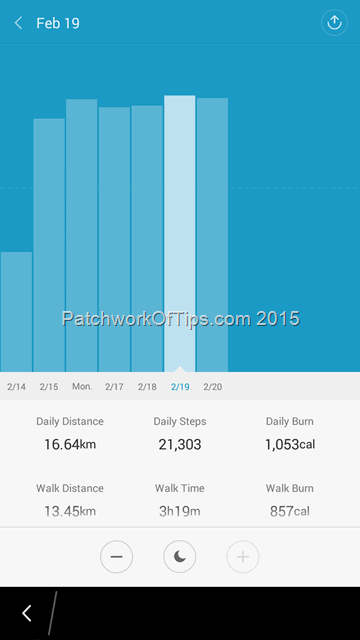
Issue Number 2
The amount of calories burned reported by the FitBit One is affected by how vigorous your activities are (they call them very active minutes) and how many steps/floors you climb in a day while the MiBand just calculates calorie burned based on the steps you walk or run.
The problem with the FitBit One is that its floor tracking abilities is flawed. Most days, I walk a detailed path and FitBit’s reports varies from 15 floors climbed to 33 floors; despite no change in path. This affects the amount of calories burned reported by the FitBit One.
The FitBit One can be worn attached to the waist of your pants, in your pocket and hooked to the center of your bra. Very active minutes tracking is a mess when the tracker is attached to your bra/innerwear vest. With the FitBit One securely attached to the insides of my pant’s pocket, I could log in 70 very active minutes but on another day while performing the very same activities but with the device attached to my inner vest, it only logs in 17 minutes.
These bugs makes food calorie counting unreliable.
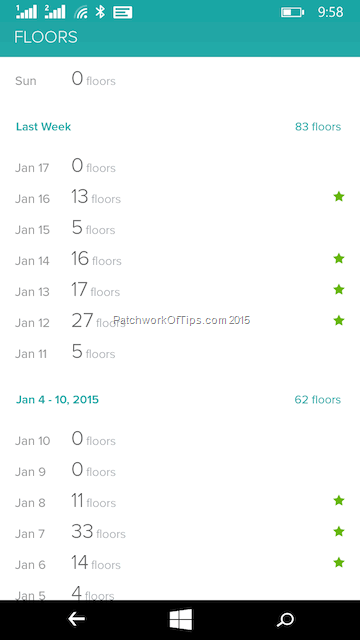
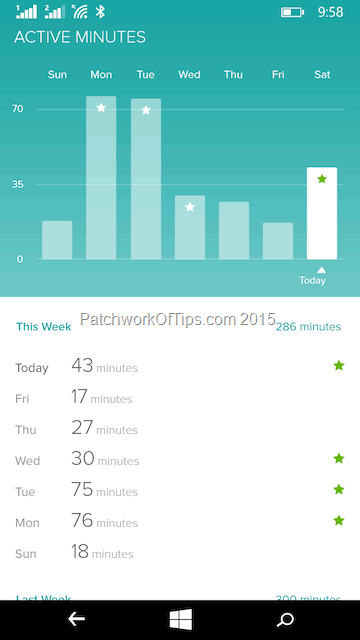
Issue Number 3
The available fitness trackers in the market do not have a way for you to pause activity tracking whenever you want to thus they all track vehicular movements. The FitBit One registers way more movements than the MiBand when I’m on the move on a bike or cab. These extra movements affect the calories burned count.
Other Issues
- The FitBit One cannot be worn on the wrist and the wristband for sleep tracking is quite uncomfortable in my opinion. The MiBand’s wrist band is quite comfy for 24/7 wear
- The battery life of the FitBit One is rated at 14 days but I had to turn off quite a number of features to achieve that. On the other hand the MiBand is rated as having 30 days battery life which most users have surpassed. It isn’t far fetched to assume that one can easily get 60 days off one charge if the Alarm feature is not used as the vibration kills the battery faster.
The FitBit One goes on sale as soon as I get a spare MiBand. For more info on the MiBand, click here to read my FAQ.
You’ll also like:
Please share this article to help others. Thanks
